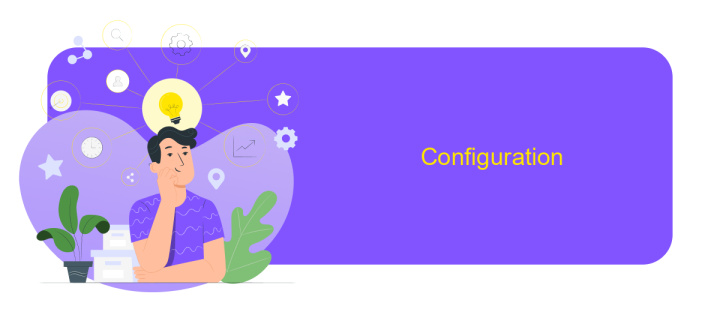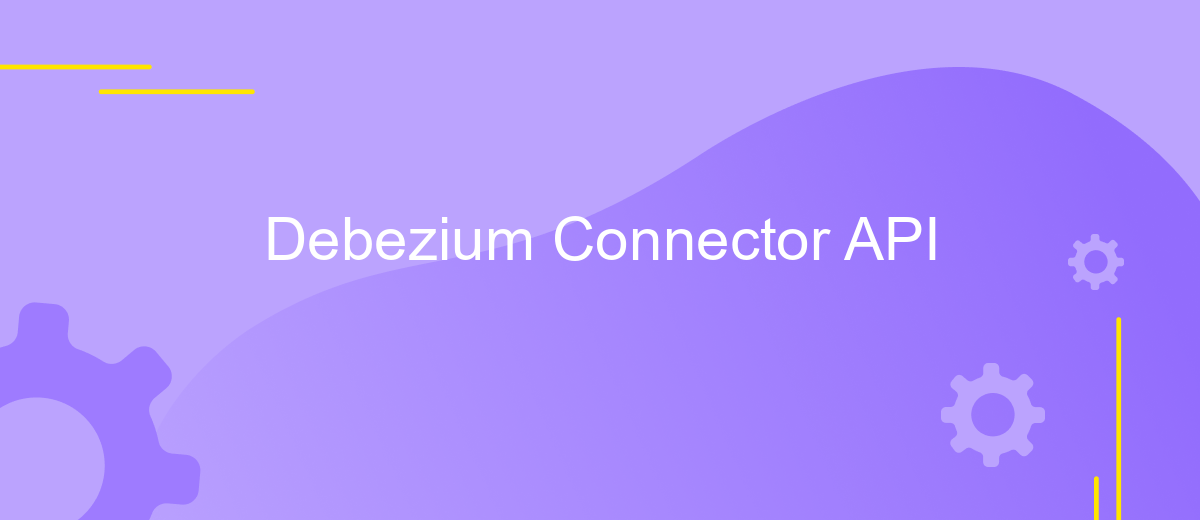Debezium Connector API
The Debezium Connector API is a powerful tool for capturing and streaming changes from various databases in real-time. Designed to facilitate seamless integration with Apache Kafka, it enables developers to build robust data pipelines by monitoring and recording database changes as they occur. With support for a wide range of databases, the API simplifies the process of keeping data synchronized across distributed systems, ensuring consistency and reliability in data-driven applications.
Introduction
The Debezium Connector API is a powerful tool for capturing and streaming changes from databases in real-time, enabling applications to react promptly to data modifications. As a distributed platform, Debezium monitors databases and provides a reliable way to track data changes, making it indispensable for modern data-driven applications. By employing this API, developers can seamlessly integrate change data capture (CDC) capabilities into their systems, thus ensuring data consistency and freshness across various services.
- Real-time data streaming from databases.
- Supports various database systems like MySQL, PostgreSQL, and MongoDB.
- Ensures data consistency and integrity.
- Facilitates integration with Apache Kafka for scalable message processing.
- Offers flexibility and extensibility for custom implementations.
Incorporating the Debezium Connector API into your architecture allows for real-time insights and analytics, enhancing decision-making processes. Its ability to handle diverse databases and integrate with existing infrastructure makes it a versatile choice for enterprises aiming to leverage data as a strategic asset. As organizations continue to embrace digital transformation, tools like Debezium become crucial in maintaining competitive advantage by providing timely and accurate data insights.
Debezium Connectors

Debezium connectors are pivotal components within the Debezium ecosystem, designed to capture and stream changes from various databases. Each connector is tailored to a specific database, such as MySQL, PostgreSQL, or MongoDB, enabling real-time data monitoring and integration. By leveraging these connectors, organizations can ensure their data is consistently synchronized across systems, facilitating seamless data-driven operations. The connectors utilize the Change Data Capture (CDC) pattern, which efficiently tracks modifications without impacting database performance.
Integrating Debezium connectors into your data architecture can be streamlined with services like ApiX-Drive. This platform simplifies the setup process, allowing users to connect multiple applications and automate data workflows without extensive coding. By using ApiX-Drive, businesses can quickly deploy Debezium connectors, ensuring that data flows smoothly between databases and other systems. This integration enhances operational efficiency, providing a reliable foundation for analytics, reporting, and other data-centric processes. Overall, Debezium connectors, combined with tools like ApiX-Drive, offer a robust solution for managing and integrating data across diverse environments.
API Reference

The Debezium Connector API provides a comprehensive interface for managing and interacting with data change events captured from databases. It allows developers to seamlessly integrate Debezium's change data capture capabilities into their applications, enabling real-time data streaming and synchronization across different systems.
- Configuration: Customize connector settings, including database connection parameters, topic names, and offset management.
- Event Handling: Access and process change events, utilizing built-in methods for event filtering, transformation, and routing.
- Monitoring: Leverage monitoring tools to track connector performance, event throughput, and error rates.
- Lifecycle Management: Control connector lifecycle with start, stop, and restart operations, ensuring smooth deployment and maintenance.
By leveraging the Debezium Connector API, developers can build robust data-driven applications that respond to changes in real time. This API empowers teams to maintain data consistency and integrity across distributed systems, making it an essential tool for modern data architectures. Its extensibility and ease of use make it suitable for various use cases, from microservices to large-scale data processing pipelines.
Configuration

Configuring the Debezium Connector API is a crucial step in setting up a reliable data streaming pipeline. This configuration process involves specifying various parameters that dictate how the connector interacts with the source database and processes the data changes. Proper configuration ensures optimal performance and accurate data capture, which is essential for maintaining data integrity and consistency across systems.
To begin with, you need to define the connection properties for the source database. This includes specifying the database hostname, port, username, and password. Additionally, the connector requires information about the specific tables and schemas to monitor. By tailoring these settings, you can control which data changes are captured and processed by the connector.
- Database connection settings: Define the host, port, and credentials.
- Include/exclude lists: Specify tables and schemas to monitor.
- Offset storage: Configure where to store the offset data.
- Heartbeat interval: Set the frequency for sending heartbeat signals.
- Error handling: Determine actions on encountering errors.
Ensuring that each configuration parameter is accurately set is vital for the connector's smooth operation. Misconfigurations can lead to data loss or duplication, making it essential to thoroughly test the setup in a controlled environment before deploying it to production. By carefully considering each aspect of the configuration, you can leverage Debezium's full potential for real-time data streaming.
Examples
Debezium Connector API offers a powerful way to capture and stream changes from your databases. For instance, consider a scenario where you need to monitor changes in a MySQL database. By configuring the Debezium MySQL connector, you can capture Insert, Update, and Delete events seamlessly. The connector streams these changes to a Kafka topic, allowing your applications to react in real-time to data modifications. This setup is particularly useful for maintaining data consistency across microservices or triggering downstream processes based on data changes.
Another practical example involves integrating Debezium with a data synchronization service like ApiX-Drive. ApiX-Drive can be configured to pull data from a Kafka topic, populated by the Debezium connector, and push it to various third-party applications. This integration enables you to automate workflows, ensuring that data changes in your source database are instantly reflected across your business tools. By leveraging Debezium with ApiX-Drive, you can build robust, real-time data pipelines without extensive coding, enhancing your system's agility and responsiveness.
FAQ
What is Debezium Connector API and how does it work?
What databases are supported by Debezium?
How can I integrate Debezium with other applications?
What are the main use cases for Debezium?
How does Debezium handle schema changes in the database?
Time is the most valuable resource in today's business realities. By eliminating the routine from work processes, you will get more opportunities to implement the most daring plans and ideas. Choose – you can continue to waste time, money and nerves on inefficient solutions, or you can use ApiX-Drive, automating work processes and achieving results with minimal investment of money, effort and human resources.

